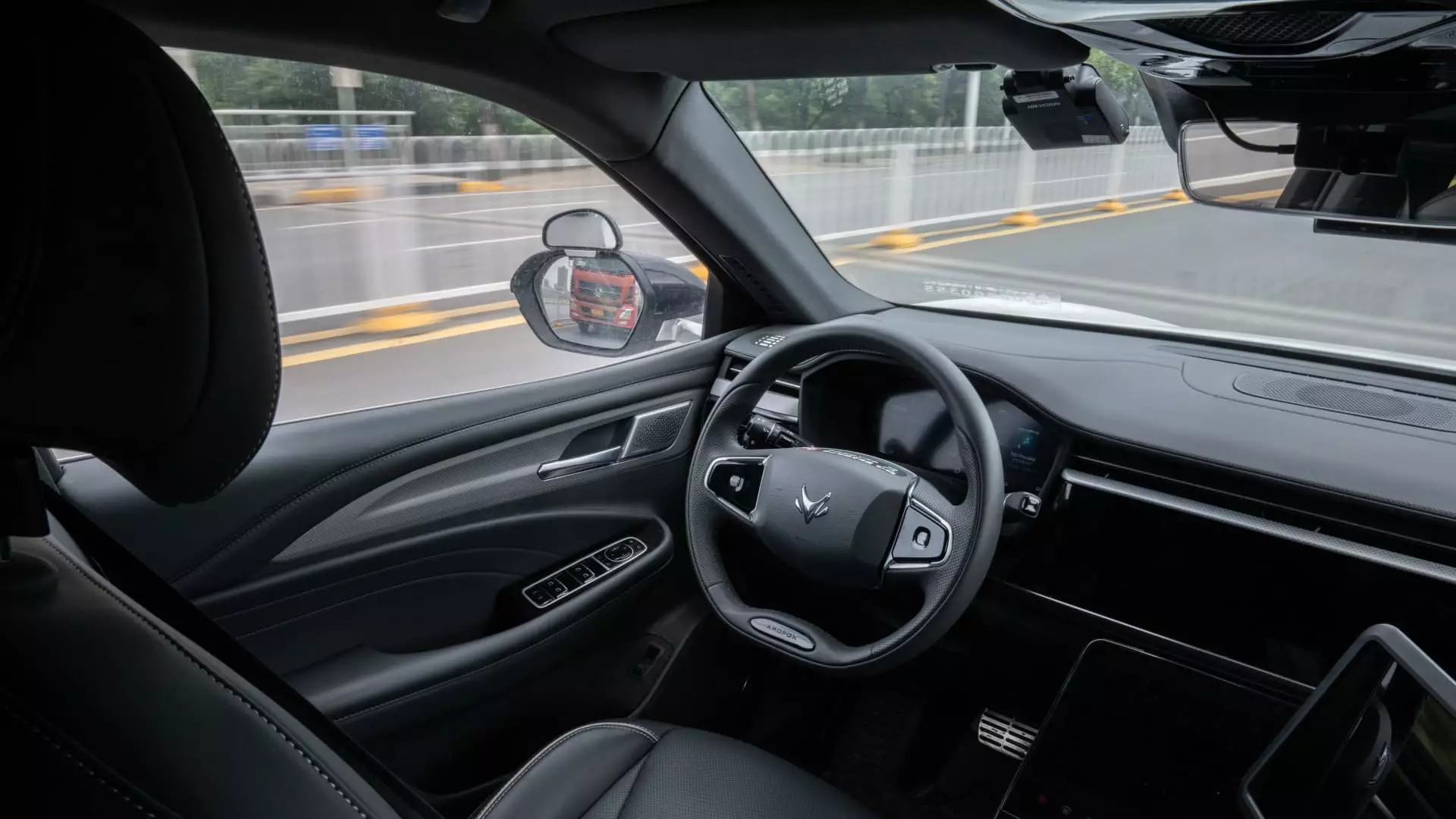China is experiencing a significant shift in its transportation sector with the rise of robotaxis. As major players like GM’s Cruise and Alphabet’s Waymo have introduced driverless taxis in the US, local Chinese governments have also begun allowing domestic companies to operate robotaxi rides for the public. The introduction of fully autonomous driving taxi experiences has sparked interest among consumers, with social media platforms like Douyin and Weibo trending with videos and hashtags related to the topic.
Baidu’s robotaxi unit Apollo Go has emerged as one of the leading players in the market, with a rapidly growing user base in Wuhan city. The company has deployed fully driverless vehicles in certain districts of the city, with plans to expand its fleet to 1,000 robotaxis by the end of the year. The increased attention on robotaxis comes as major Chinese cities ramp up support for autonomous driving technologies, positioning China as a key market for the development and deployment of robotaxi services.
Challenges Faced by Traditional Taxi Drivers
While the rise of robotaxis presents new opportunities for consumers and companies, it has also raised concerns among traditional taxi drivers in China. The increased competition from robotaxi services has led to fears of job loss and income insecurity among taxi drivers, who are already grappling with slowing wage growth and changing market dynamics. The impact of automation on the taxi industry is evident in the struggles faced by taxi companies in Wuhan, where falling income has forced some operators to reduce their fleet size.
The growing popularity of ride-hailing apps and the surge of new companies in the market have prompted local governments to implement restrictions on the industry. Cities like Guyuan and Guiyang have suspended online ride-hailing businesses and new licenses for half a year, citing saturation in the taxi market and the need to address non-compliance issues. The Ministry of Transport reported a significant increase in the number of registered ride-hailing drivers in China, highlighting the intensifying competition and regulatory challenges facing the industry.
The Future of Autonomous Driving in China
China’s push to promote cloud-connected cars and develop autonomous driving technologies reflects the government’s commitment to innovation and technological advancement. The release of a plan to test low-speed unmanned vehicles in pilot regions and the designation of initial pilot cities like Beijing, Shanghai, and Wuhan underscore China’s ambition to lead the world in autonomous driving development. The introduction of draft rules by Beijing city to regulate robotaxi operations and ensure safety and accountability signals a proactive approach to managing the transition towards automation in the transportation sector.
Baidu’s Apollo Go has emerged as a frontrunner in the robotaxi market, with CEO Robin Li expressing confidence in the company’s ability to achieve full autonomy and break even in Wuhan. The subsidized nature of public-facing robotaxi rides and the gradual transition towards fully driverless vehicles indicate the evolving landscape of urban transportation in China. While the deployment of robotaxis offers numerous benefits in terms of efficiency, safety, and convenience, the impact on traditional taxi drivers and the broader implications for the labor market remain key areas of concern.
The rise of robotaxis in China represents a significant milestone in the evolution of urban mobility and transportation services. The growing popularity of autonomous driving technologies and the increasing consumer demand for innovative transportation solutions highlight the transformative potential of robotaxis in the Chinese market. However, the challenges faced by traditional taxi drivers, the regulatory complexities associated with automation, and the societal implications of widespread adoption of robotaxi services underscore the need for a comprehensive and inclusive approach to navigating the transition towards a more automated future.

